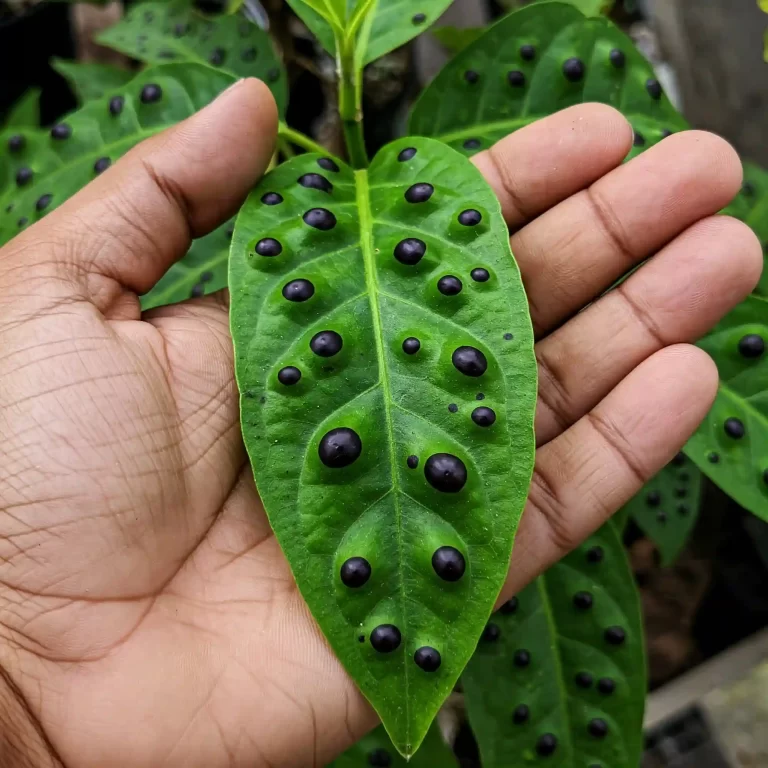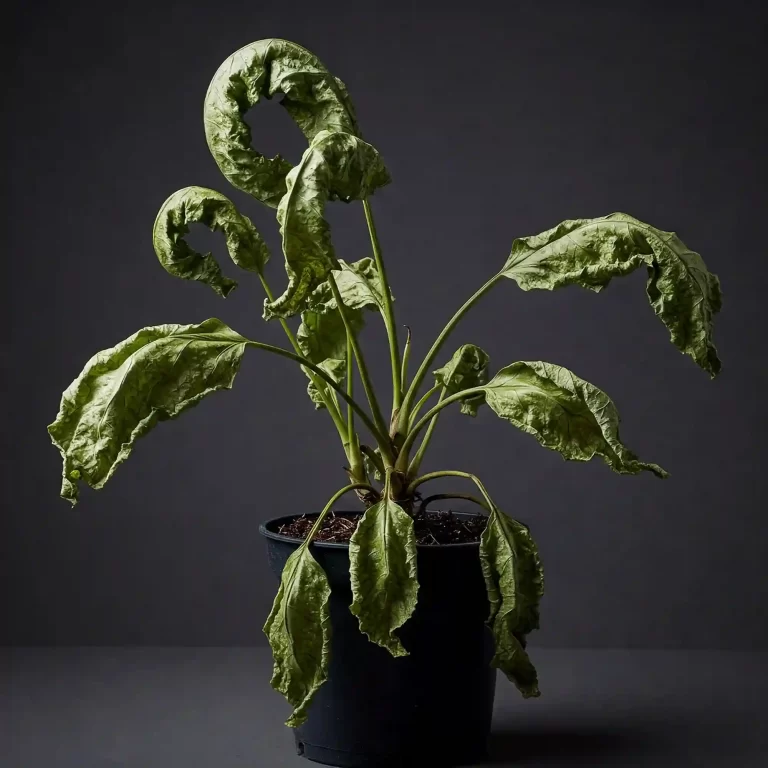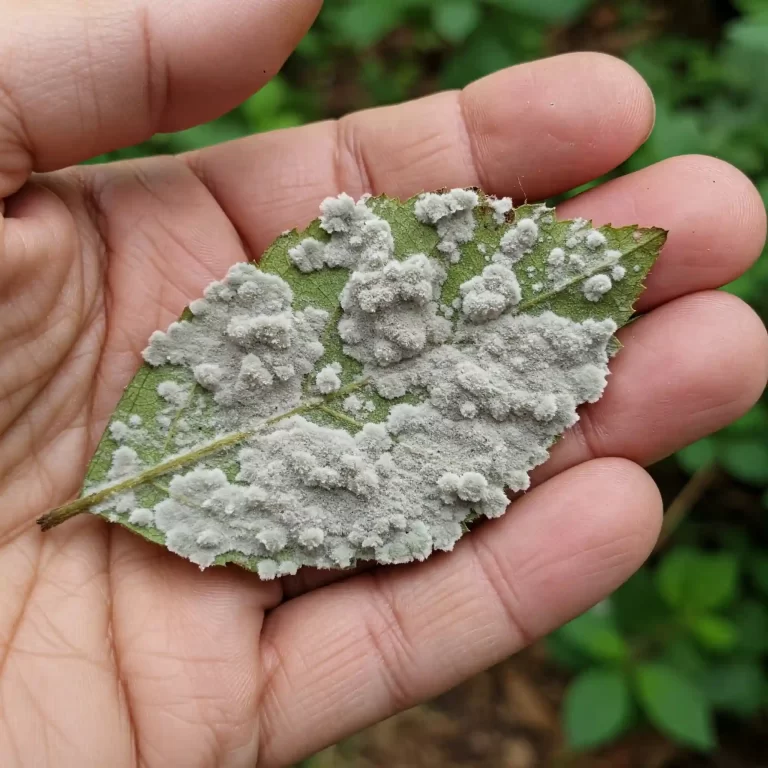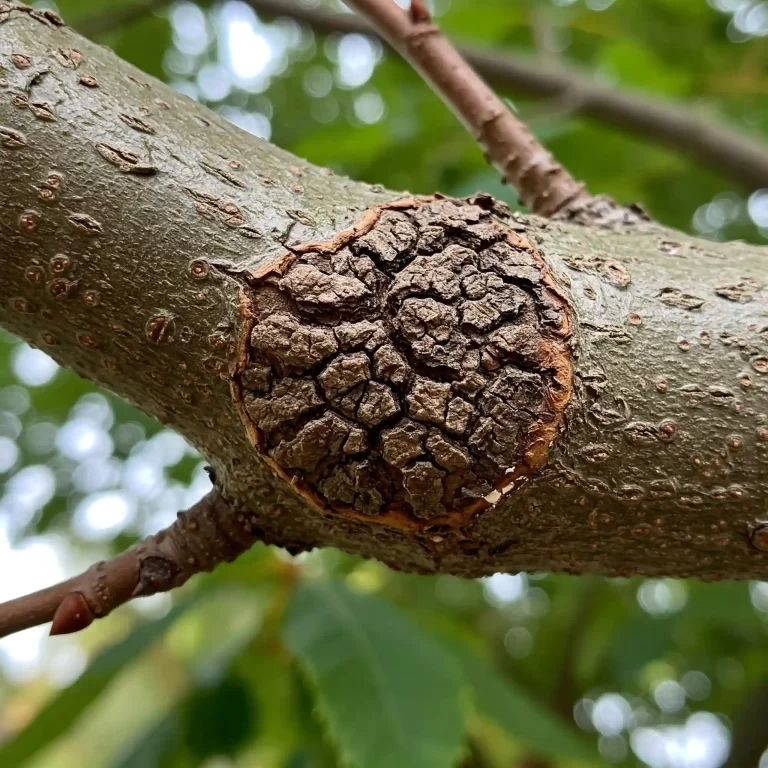| – The Sun Star plant is a beautiful and easy-to-care indoor plant that produces bright orange, star-shaped flowers. |
| – The Sun Star plant prefers well-draining soil, bright indirect light, regular weekly watering, and moderate temperature and humidity levels. |
| – The Sun Star plant benefits from fertilizing every other month, pruning the spent flower spikes, and propagating by dividing the bulbs or growing from seeds. |
| – The Sun Star plant may suffer from overwatering, spider mites, fungal infection, and root rot. These problems can be prevented or treated by repotting, misting, spraying, and trimming. |
| – The Sun Star plant has aesthetic, air-purifying, and medicinal benefits and uses. It can be arranged in a vase, pot, or basket, displayed in a living room, bedroom, or office, or applied as a poultice, tea, or juice. |
Have you ever wanted to add a splash of orange in a sea of green? If so, you might want to consider growing a Sun Star plant indoors. The Sun Star plant, also known as Ornithogalum dubium, is a bulbous plant that belongs to the Asparagaceae family. It is native to South Africa, where it grows in dry and rocky habitats. The Sun Star plant produces stunning orange star-shaped flowers that bloom from late winter to early spring. The flowers are arranged in clusters on tall stems that rise above the dark green strap-like leaves. The Sun Star plant is not only beautiful, but also easy to care for. It can thrive indoors with minimal maintenance and attention. In this article, we will show you how to grow and care for a Sun Star plant indoors successfully. We will cover the optimal growing conditions, best practices, common problems, and propagation methods for the Sun Star plant indoors. By the end of this article, you will be able to enjoy the beauty and benefits of this amazing plant in your home.
Optimal Growing Conditions for the Sun Star Plant Indoors
The Sun Star plant is not very demanding when it comes to its growing conditions. However, it does have some preferences that you should try to meet if you want it to flourish indoors. Here are the main factors that you should consider when growing a Sun Star plant indoors:
- Soil: The Sun Star plant prefers well-draining soil that does not retain too much moisture. You can use a commercial potting mix that is suitable for bulbs, or make your own by mixing loam, sand, and compost. The ideal pH level for the Sun Star plant is between 6.0 and 7.0. You can test the pH of your soil with a kit or a meter, and adjust it if needed by adding lime or sulfur.
- Light: The Sun Star plant needs bright indirect light or partial shade to produce its vibrant flowers. You can place your Sun Star plant near a window that faces east, west, or south, or on a shelf that receives filtered light. Avoid direct sunlight, as it can scorch the leaves and flowers of the Sun Star plant.
- Water: The Sun Star plant requires regular weekly watering, but do not overwater it. The soil should be moist, but not soggy. Check the soil with your finger before watering, and water only when the top inch feels dry. You can also use a moisture meter or a drainage hole to monitor the soil moisture. Water your Sun Star plant thoroughly, and let the excess water drain out. Do not let your Sun Star plant sit in water, as it can cause root rot.
- Temperature: The Sun Star plant likes moderate temperature levels, between 18 and 24°C. It can tolerate lower temperatures, but not below 10°C. You can use a thermostat to regulate the temperature in your home, and avoid placing your Sun Star plant near drafts, vents, or radiators.
- Humidity: The Sun Star plant prefers moderate humidity levels, between 40 and 60%. It can adapt to lower humidity, but not below 30%. You can use a humidifier, a pebble tray, or a misting bottle to increase the humidity around your Sun Star plant. However, do not mist the flowers, as it can cause fungal infection.
By the way, being a bulbous plant, the Sun Star plant has a dormant period after flowering. During this time, you should reduce the watering and fertilizing, and move the plant to a cooler and darker place. You can resume the normal care when you see new growth.
Best Practices for Fertilizing, Pruning, and Propagating the Sun Star Plant Indoors
The Sun Star plant is not very fussy when it comes to its care. However, it does benefit from some extra TLC that can enhance its growth and appearance. Here are some of the best practices that you should follow when caring for a Sun Star plant indoors:
- Fertilizing: The Sun Star plant benefits from fertilizing every other month during the growing season, from spring to fall. You can use a 0-46-0 superphosphate fertilizer at half the label rate, or any balanced fertilizer that is suitable for bulbs. Fertilizing the Sun Star plant can help it produce more flowers and maintain healthy foliage. However, do not overfertilize the Sun Star plant, as it can cause salt buildup and leaf burn. You should also stop fertilizing the Sun Star plant when it enters dormancy.
- Pruning: The Sun Star plant does not need much pruning, except for removing any spent flower spikes at the base with a sharp and clean tool. Pruning the Sun Star plant can encourage new growth and prevent the plant from becoming leggy. You can also trim any dead or damaged leaves as needed. However, do not cut the leaves until they turn yellow and dry, as they provide energy to the bulb.
- Propagating: The Sun Star plant can be easily propagated by dividing the bulbs or growing new plants from seeds. You can divide the bulbs in late summer or early fall, when the plant is dormant. You should separate the bulbs carefully, and plant them in fresh soil. You can also grow new plants from seeds, but they may take longer to bloom. You should sow the seeds in spring, in a well-draining soil mix. You should keep the soil moist and warm, and provide bright indirect light. You can transplant the seedlings when they have several leaves.
Propagating the Sun Star plant is a piece of cake, and you can share the new plants with your friends and family.
Common Problems and Diseases that Affect the Sun Star Plant Indoors
The Sun Star plant is not very prone to problems and diseases, but it can still suffer from some issues if the growing conditions are not optimal. Here are some of the common problems and diseases that can affect the Sun Star plant indoors, and how to prevent or treat them:
- Overwatering: Overwatering is the most common problem that can affect the Sun Star plant indoors. It can cause the roots to rot, and the leaves to yellow and wilt. To prevent overwatering, you should check the soil moisture before watering, and water only when the top inch feels dry. You should also use a pot with a drainage hole, and avoid letting the plant sit in water. To treat overwatering, you should repot the plant in fresh soil, and cut off any rotten roots.
- Spider Mites: Spider mites are tiny pests that can infest the Sun Star plant indoors. They can cause the leaves to turn yellow, brown, or gray, and to drop off. They can also create tiny webs and specks on the plant. To prevent spider mites, you should maintain moderate humidity levels, and mist the plant regularly. You should also inspect the plant for any signs of infestation, and isolate it from other plants. To treat spider mites, you should spray the plant with a solution of water and soap, or use a miticide.
- Fungal Infection: Fungal infection is a common disease that can affect the Sun Star plant indoors. It can cause black spots and patches on the leaves and flowers, and reduce the plant’s vigor. It can also spread to other plants. To prevent fungal infection, you should avoid overwatering and misting the flowers, and provide good air circulation. You should also remove any infected parts, and sanitize your tools. To treat fungal infection, you should spray the plant with a fungicide, or use a natural remedy such as baking soda or neem oil.
- Root Rot: Root rot is a serious disease that can affect the Sun Star plant indoors. It can cause the roots to turn mushy and smelly, and the plant to wilt and die. It can also be a death trap for other plants. To prevent root rot, you should avoid overwatering and poor drainage, and use a well-draining soil mix. You should also check the roots for any signs of rot, and repot the plant if needed. To treat root rot, you should cut off any rotten roots, and treat the remaining roots with a fungicide or a bleach solution.
These problems and diseases can be a challenge for the Sun Star plant indoors, but they can be prevented or treated with some simple solutions.
Benefits and Uses of the Sun Star Plant Indoors
The Sun Star plant is not only a beautiful and easy-to-care indoor plant, but also a beneficial and useful one. It has many benefits and uses that can enhance your home and your health. Here are some of the benefits and uses of the Sun Star plant indoors:
- Aesthetic: The Sun Star plant adds color and beauty to your home with its bright orange star-shaped flowers. The flowers can last for several weeks, and create a stunning contrast with the dark green leaves. You can arrange the Sun Star plant in a vase, pot, or basket, and display it in any room that needs a touch of cheerfulness and warmth. The Sun Star plant can also be combined with other plants or flowers to create a beautiful bouquet or centerpiece.
- Air-Purifying: The Sun Star plant is a natural filter and cleaner that can remove toxins and pollutants from the air. The Sun Star plant can absorb harmful substances such as formaldehyde, benzene, and xylene, and release oxygen and moisture. This can improve the air quality and humidity in your home, and make it more comfortable and healthy. The Sun Star plant can also reduce the risk of allergies, asthma, and headaches caused by poor air quality. You can place the Sun Star plant in a living room, bedroom, or office, where it can purify the air and provide a soothing and relaxing sound.
- Medicinal: The Sun Star plant is a friendly doctor and nurse that can heal wounds and infections. The Sun Star plant has antibacterial, antifungal, and anti-inflammatory properties that can help treat cuts, burns, ulcers, and boils. The Sun Star plant can also soothe pain, swelling, and itching caused by insect bites, rashes, and eczema. You can apply the Sun Star plant as a poultice, tea, or juice, depending on the type and severity of the condition. Here are some instructions on how to use the Sun Star plant for medicinal purposes:
| Poultice | Tea | Juice |
|---|---|---|
| – Peel and crush a few bulbs of the Sun Star plant. | – Boil a cup of water and add a few leaves of the Sun Star plant. | – Peel and blend a few bulbs of the Sun Star plant with some water. |
| – Apply the paste to the affected area and cover with a bandage. | – Let it steep for 10 minutes and strain. | – Strain the juice and drink it. |
| – Change the poultice every day until the wound heals. | – Drink the tea twice a day until the infection clears. | – Drink the juice once a day until the inflammation subsides. |
The Sun Star plant has many benefits and uses that can enhance your home and your health. It is a versatile and valuable plant that you should not miss out on.
Conclusion
In conclusion, the Sun Star plant is a beautiful and easy-to-care indoor plant that produces bright orange star-shaped flowers. It prefers well-draining soil, bright indirect light, regular weekly watering, and moderate temperature and humidity levels. It benefits from fertilizing every other month, pruning the spent flower spikes, and propagating by dividing the bulbs or growing from seeds. It may suffer from overwatering, spider mites, fungal infection, and root rot, but these problems can be prevented or treated by repotting, misting, spraying, and trimming. It has aesthetic, air-purifying, and medicinal benefits and uses. It can be arranged in a vase, pot, or basket, displayed in a living room, bedroom, or office, or applied as a poultice, tea, or juice.
We hope this article has helped you learn how to grow and care for a Sun Star plant indoors successfully. If you have any experience, feedback, or questions about the Sun Star plant indoors, please feel free to share them in the comments below. Or, if you are feeling adventurous, why not try growing and caring for a Sun Star plant indoors yourself? You will be amazed by the difference it can make in your home and your health. Happy gardening!



